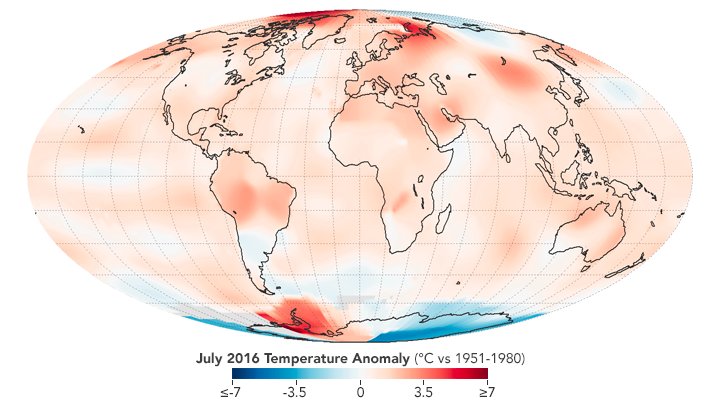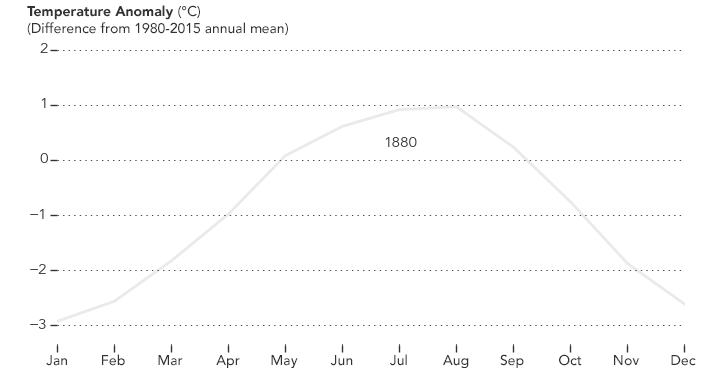The Summer of 2030: Please Don’t Be This Hot. Please.
Why is it so hot this summer?
The temperature can’t stop rising every summer!
The highest average temperature ever recorded, 40°C!
Climate change should not just concern heads of states; it concerns every single one of us.
This week in Hangzhou, China and the U.S. have both ratified Paris Climate Agreement ahead of the G20. In December 2015, 195 countries reached the agreement to put the world on track to limit global warming to well below 2°C by 2030. In other words, 42°C is the temperature threshold that we have pledged to stay away from in the next 15 years. If we continue with the status quo, we are on our way to a 2030 summer with a high of over 43.5°C.
How did the global temperature get here? A viral GIF from climate scientist Ed Hawkins illustrates the global temperatures from 1850 to 2016 and explains everything.

July is the hottest month of the year. Another NASA illustration shows exactly how hot this summer has been. Global warming seems to have gone out control, with temperature increasing almost by 2 degrees.
Source: http://earthobservatory.nasa.gov/IOTD/view.php?id=88607
NASA also says that earth has never concentrated so much CO2 in the past 8000 years! ¨It is a serious matter for the entire global community including the guy on the street,¨ says Hoesung Lee, head of UN´s Intergovernmental Panel on Climate Change (IPCC).
However, if everything were business as usual, what would happen?
According to Mckinsey, annual GHG emissions in China would rise to 22.9 gigatons by 2030, from 6.8 gigatons in 2005. In this scenario, increased oil demand would require imports of about one billion tons a year. Coal demand would more than triple, demanding annual imports of 3.7 billion to 4.2 billion tons. Under that scenario, we would be suffering a 2030 summer with the highest temperature hitting 42°C-43°C!
How can we reduce carbon emissions and put climate change under control? We believe rooftop solar is one of the most important solutions. This idea also strikes a chord with the leaders of United Arab Emirates (UAE), whose economy large relies on oil export. They announced that, by 2030, all rooftops in Dubai will be covered by solar panels
If China follows suit, how impactful it will be in terms of carbon emission?
Let´s do the calculations. According to Energy Efficiency Policies on Future Cities in China, by 2030 the total area of building construction will reach 65 billion square meters.
Using Seeder´s solar calculator, we can know that every 1000 square meters of rooftop, when equipped with solar PV, would generate 107350kWh of electricity , and reduce 75 tons of carbon emissions. So if every building is covered with rooftop solar, carbon emissions would be reduced by 4.87 gigatons, more than half of China’s GHG emission levels in 2005.
Of course, this scenario of 100% solar rooftop is hard to achieve in reality. But this calculation proves the true potential of rooftop solar. Seeder’s mission and vision are exactly in this direction. We believe in a sustainable future that is driven by solar, with less extreme climate and more blue skies.





